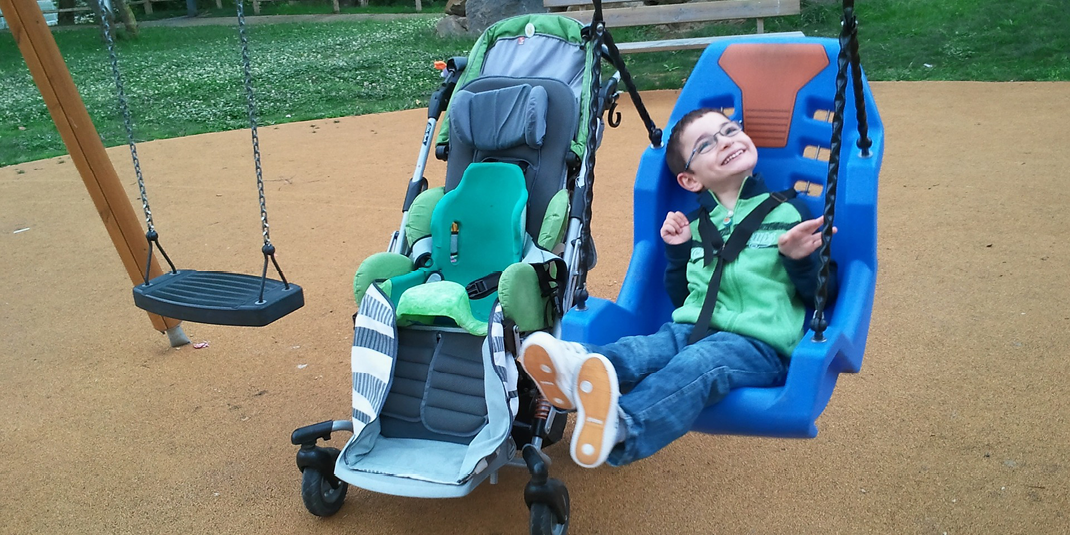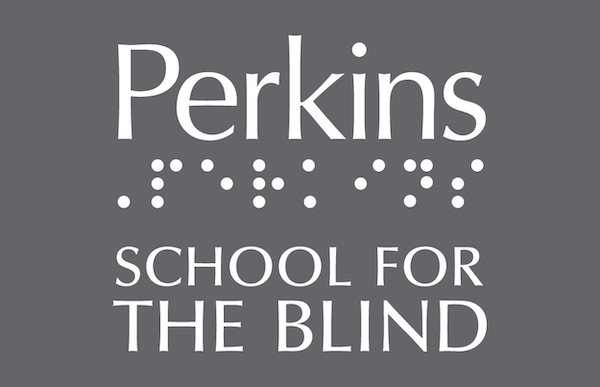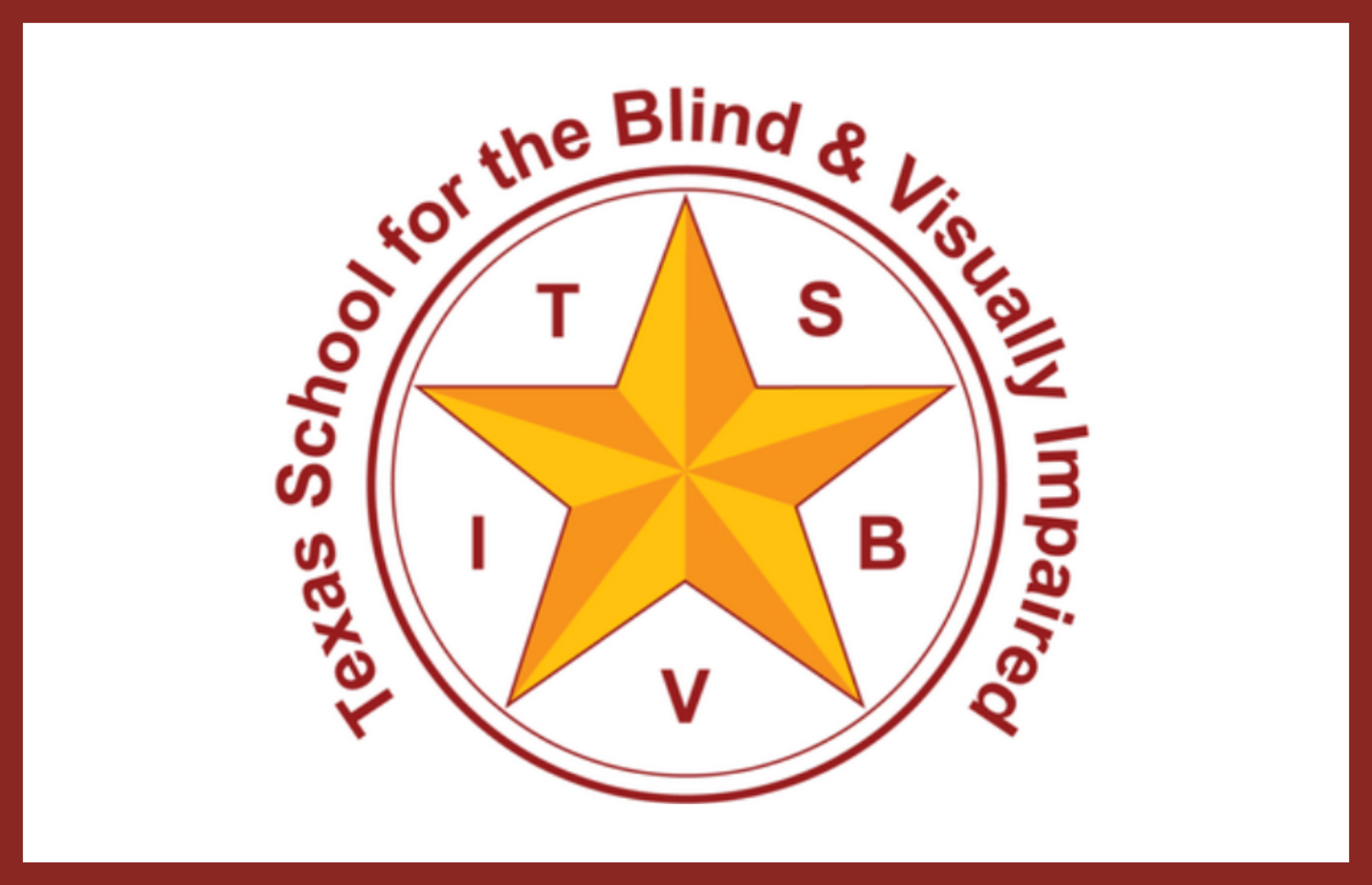Ohio Guidelines for Working with Students who are Blind or Visually Impaired
Students with Additional Considerations

Students Who are Blind or Visually Impaired and Have Additional Disabilities
Students who are blind or visually impaired and have additional disabilities make up a complex, heterogeneous population. Therefore, the expertise of many professionals is necessary to meet the diverse needs of these learners. The TVI providing services to learners with additional disabilities is a vital member of those students’ transdisciplinary team.
A learner who is blind or visually impaired and has additional disabilities may require, depending on the learner’s disabilities and identified needs, additional services/resources in the following areas:
- Physical therapy,
- Speech therapy,
- Occupational therapy,
- Assistive technology, and/or
- Accessible educational materials.
Note: Learners who have a combined vision and hearing loss are considered deafblind, not visually impaired. Deaf-blindness means concomitant hearing and visual impairments, the combination of which causes such severe communication and other developmental and educational needs that they cannot be accommodated in special education programs solely for children with deafness or children with blindness. (3301-51-01 (B)(10)(d)(iii))
Students Who are Blind or Visually Impaired and Gifted
Learners who are gifted and visually impaired need programs and placement options that respond to their needs in four areas, including:
- Identification,
- Curricular modifications,
- Psychological needs and counseling, and
- Specially trained teachers and support services.
Unfortunately, giftedness among these learners generally goes unidentified. Identifying giftedness in learners who are visually impaired is a complicated process for the following reasons:
- Appropriate measures to screen these learners for intellectual giftedness have not yet been identified,
- Norms are not well established for adapted editions of tests (braille or audio), and enlarged print may not reproduce graphics accurately, and/or
- Lower scores may reflect the inability of tests to capture and recognize intelligence based on non-visual behaviors. As a result, some states use multiple measures to identify learners with visual impairments and giftedness.
Other factors that might interfere with the identification of the true potential of learners with visual impairments include lowered expectations for these students, lack of self-confidence, non-challenging environments, and/or lack of learning opportunities imposed by the visual impairment.
The most pressing problem faced by learners with visual impairments is access to the curriculum. Most educational curricula are based on the assumption that learners have typical vision. Therefore, without translation into alternative formats, concepts, abstractions, and synthesis of the curriculum may be lost or severely delayed in learners with visual impairments. This extends to verbal descriptions and incidental learning that takes place daily in the classroom. While TVIs cannot accompany learners with visual impairment or blindness throughout the day, they should be involved with their programs, providing learning materials in adapted formats, as well as assisting other teachers in providing non-visual examples and references.
Support services for learners who are gifted and visually impaired should include instant access to materials that are available to their sighted peers. Given the quantity and pace of reading and analysis typically required in classes for students who are gifted, it is imperative that materials in appropriate alternative formats be made accessible to learners with visual impairments in advance of sighted peers vs. a timely manner.
Learners who are identified as gifted and visually impaired – twice exceptional – have unique needs that must be addressed. Education requires the nurturing of learners’ special gifts and talents, while simultaneously meeting the unique needs created by visual impairments. For learners who are gifted and visually impaired, special education services must go beyond traditional deficit-based or compensatory approaches toward enriching experiences that develop and build upon gifts and talents. Learners with visual impairments should be assessed for and included in programs for students who are gifted. Once identification has occurred, decisions regarding educational options and settings, curriculum, and counseling services should address the student’s giftedness, visual impairment, and individual needs.



